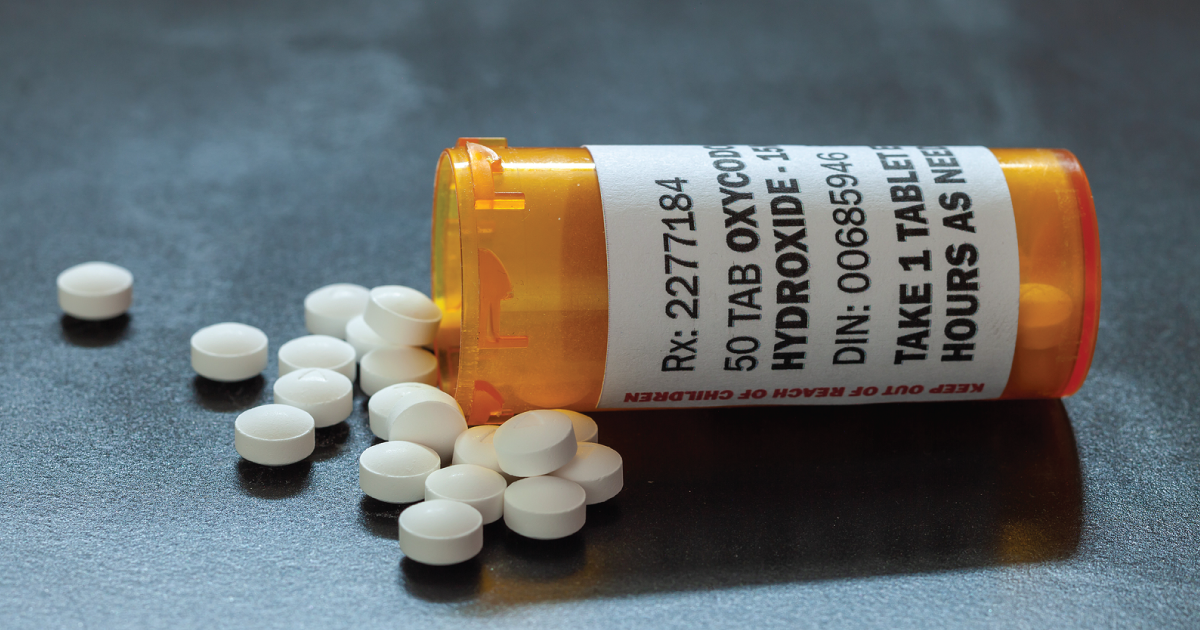
30% More People Died by Overdose in 2020
From October 2019 to October 2020, there were 91,862 estimated overdose deaths in the U.S., which represents a 30% increase in 12 months.1 Certain states had an even higher year-over-year increase, including Kentucky, with overdose deaths increasing 53.1%, and West Virginia, with a 48.4% increase.
June 12, 2021 | Source: Mercola.com | by Dr. Joseph Mercola
From October 2019 to October 2020, there were 91,862 estimated overdose deaths in the U.S., which represents a 30% increase in 12 months.1 Certain states had an even higher year-over-year increase, including Kentucky, with overdose deaths increasing 53.1%, and West Virginia, with a 48.4% increase.
Opioids, including oxycodone, hydrocodone and morphine, accounted for the majority of deaths — 68,399 — followed by synthetic opioids, such as fentanyl and tramadol.2
Epidemiologist Chelsea Shover of the UCLA David Geffen School of Medicine, speaking with BuzzFeed News, said, “Things were on a bad trajectory before, and now it has gotten even worse … I can’t think of a way the pandemic made things better. The simple fact that people are more isolated, and more likely alone when they overdose, means they can’t get help.”3
A study by Shover and colleagues reported that overdose deaths from synthetic opioids increased 10-fold in the U.S. from 2013 to 2018.4 Their research found fentanyl deaths increased 63% from 2019 to 2020, with a “fentanyl breakthrough” in western states driving the increases, which they fear will “dramatically worsen the nation’s already severe opioid epidemic in the long-term.”5
While U.S. overdose deaths were already on the rise prior to the COVID-19 pandemic, Shover’s study is among those that confirm the pandemic increased the deaths further as a result of the social and economic disruptions.6
Every US State Had a Spike in Overdose Deaths During Pandemic
An issue brief released by the American Medical Association June 1, 2021,7 confirmed, “The nation’s COVID pandemic made the nation’s drug overdose epidemic worse.” They cited a spike or increase in overdose deaths or other problems reported by every U.S. state during the pandemic.
Central Florida is one example, reporting a 70% rise in drug overdose deaths during the height of the lockdown compared to a year prior.8 Andrae Bailey, founder and CEO of Orlando-based Project Opioid, told the Orlando Sentinel:9
“This is an epidemic inside a pandemic. COVID-19 has caused an unprecedented mental health collapse in Central Florida, in Florida as a whole and across the country. People are emotionally, mentally and spiritually broken, and they are taking drugs that kill them at numbers we’ve never seen before.”
During the 11-week stay-at-home order in Chicago, which stretched from March 21, 2020, to May 30, 2020, opioid overdose fatalities nearly doubled, rising from 23 deaths per week to 44.10 When the lockdown was lifted, the number of weekly deaths quickly declined and then began to creep up again near the end of the 29-week period, settling at 32.7 deaths per week.
Similar increases have been reported across the U.S. In Philadelphia, 2020 marked the highest number of drug overdose deaths since 2017,11 while drug-related deaths in Honolulu hit a five-year high in 2020.12
A Perfect Storm for Worsening the Crisis
Psychological distress associated with economic recessions and unemployment is a significant factor in increasing drug use among adults.13 This, coupled with social isolation and disruptions to treatment, created the perfect storm for worsening the opioid crisis.
Closure of substance use treatment clinics during lockdown kept some people from accessing lifesaving care.14 Disruptions of care during stay-at-home mandates are a major concern for people with opioid use disorder, who depend on regular face-to-face health care. Access to medications for addiction treatment was also restricted.
A report by the Well Being Trust and the Robert Graham Center for Policy Studies in Family Medicine and Primary Care estimated that up to 75,000 people may die during the COVID-19 pandemic from drug or alcohol misuse and suicide. These “deaths of despair” were exacerbated by:15
- Unprecedented economic failure paired with massive unemployment
- Mandated social isolation for months and possible residual isolation for years
- Uncertainty caused by the sudden emergence of a novel, previously unknown microbe
John Kelly, a professor of psychiatry in addiction medicine at Harvard Medical School, further told STAT that people with substance use disorder are hypersensitive to stress while being less able to experience rewards at normal levels — a particularly challenging combination during the pandemic.16
Some people who lost their supply of drugs due to the pandemic may have seen their tolerance fall rapidly, which could lead to overdose if the they attempt to consume the same amount after a pause.
